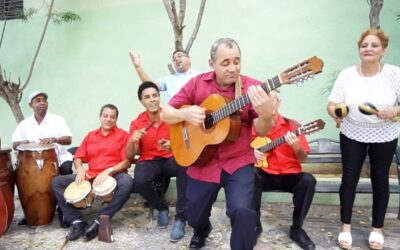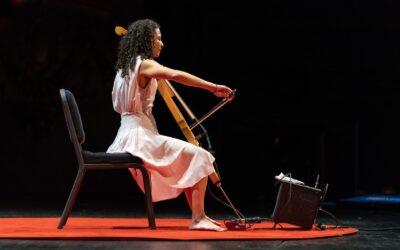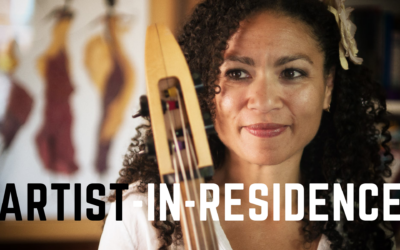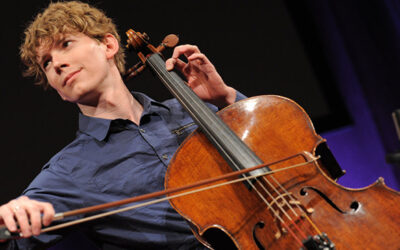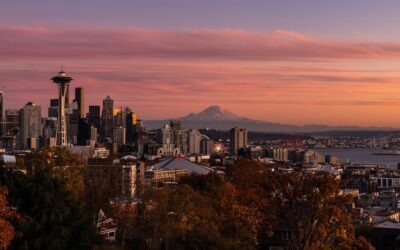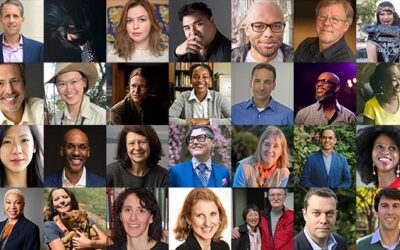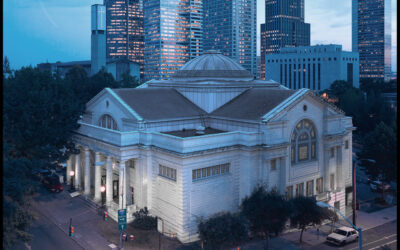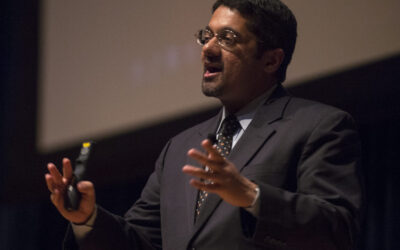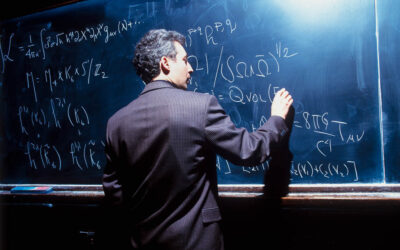Take a peek into the mind of Cuban virtuoso Kiki Valera, who muses on his influences, his instrument of choice, and the art of making music. Be sure to join us later in February for a live concert...
Artist-in-Residence Gretchen Yanover: Final Findings
As cellist Gretchen Yanover wraps up her time as Artist-in-Residence at Town Hall, she shares her final reflections about the beauty — and sometimes discomfort — of creation. We're delighted to have...
Artist-in-Residence Gretchen Yanover: Mid-residency Reflections
Earlier this winter, Town Hall’s Artist-in-Residence, cellist Gretchen Yanover, reflected on the midpoint of her residency and shared some thoughts about finding inspiration at Town Hall. In an...
A Letter from Joshua Roman to the Town Music Community
After 15 years of serving as Artistic Director of Town Music at Town Hall Seattle, 2021-22 will be my final season. I have been blessed to bring amazing musicians and music to the stage to share with you.
An Interview with Fall ’21 Podcast Artist-in-Residence Samantha Allen
Town Hall Seattle is pleased to introduce our Fall 2021 Podcast Artist-in-Residence, Samantha Allen. Samantha is the author of Patricia Wants to Cuddle and the Lambda Literary Award finalist Real...
Program Director Shin Yu Pai on Highlights from our Fall Calendar
Shin Yu Pai is no stranger to Town Hall Seattle. She began her relationship with us back in 2018 as an Inside/Out Artist in Residence for the Phinney/Greenwood neighborhood, curating programs that brought new local voices like author Thomas Hitoshi Pruiksma, Kathleen Alcalá, Rex Hohlbein of Facing Homelessness, and artist Susan Robb to the Town Hall Stage. In 2020, she wrote the vital blog piece, Town Hall Land Acknowledgement: Beyond Gestures, and pitched the concept to produce what would eventually become Lyric World, her podcast series centering on poets and poetry by BIPOC writers, with an emphasis on AAPI authors.
Over the years, Shin Yu’s presence at Town Hall has brought intention and community focus to our programming; it only seems natural that she became our Program Director earlier this year. Town Hall is thrilled to have Shin Yu onboard— read on to learn about what she looks forward to the most this season.
A More Perfect Version of Ourselves
“To tell a story of Seattle.” “A looooong discussion about the kind of city we want to share.” These phrases don’t appear in Town Hall’s mission statement but they’ve become a shorthand for the goal...
Shankar Vedantam Shines a Light on the Hidden Brain
Our brains are mysterious. There are as many neurons in the brain as there are stars in the Milky Way galaxy. That’s a lot of neurons. There’s much we don’t know about what goes on inside our noggins.
It’s not every man that can explain String Theory to Everyman.
It’s not every man that can explain String Theory to Everyman. No, most people can’t put into simple terms what a Calabi-Yau manifold is. Nor what Ricci flatness is. Most folks can’t make much sense of the multiverse, even if they did watch Spider-Man: Into the Spider-Verse. Luckily, there are some talented people out there who can take huge mind-blowing questions and concepts and make them understandable to people like, well, us here at Town Hall. Enter Brian Greene.
